Rain pours outside, and you’re safe and sound in your vehicle speeding to your next appointment. I’m also in a hurry most of my life, but driving fast in rainy conditions is never a good idea.
Why? Well, first of all, modern tires have a coefficient of friction of 0.7 on dry, and 0.4 on wet pavement. In short, the tires don’t stick to wet roads well.
And things become even worse when the water mixes with oil and dirt. Hence, learning to drive in the rain can be super important.
Why Vehicles Lose Traction on Wet Tarmac?
We know that standing water can cause sliding from childhood, but most drivers seem to forget that when they hit the road.
Here’s why it happens. When water hits the surface, it creates a thin film over the tarmac. Water is a viscous fluid, and it can change its state very rapidly (pouring water into a glass).
So, when your tires hit wet roads, they literally roll over an unstable substance. As a result of that, the rolling traction of the tires falls dramatically.
Things become much worse on roads filled with oil and dirt, or almost every street in the world. When water mixes with grease and dirt, it creates an even more viscous film that lowers the traction even further.
Additionally, during heavy rain, the tires might not be able to make contact with the tarmac at all. This is called hydroplaning, and it can be hazardous if encountered at higher speeds.
This lesson in physics might’ve been annoying, but I wrote it to show you the gravity of the situation. Driving in the rain is no joke – 73% of the weather-related accidents happen in the rain.
So, let’s make a joint effort and make roads safer during rainy days. Here are my 11 tips for driving in the rain.
How to drive in the rain
1. Don’t Drive with Worn-Down Tires
I can’t stress this enough, but having good tires on your car is super-important on rainy days. Not even the highest-quality tires will provide you with enough traction when completely worn-down.
The reason? Simply put, the tread depth is not sufficient for displacing large amounts of water. The grooves on the tire are designed literally for channeling water out of the surface. That improves traction significantly. The less tread, the more dangerous it becomes to drive on wet surfaces.
Still don’t trust me? Research at MIRA with Goodyear tires showed that tires with 3mm tread depth have 25% shorter braking distances than tires with a 1,6mm tread depth. Here is a video to prove it:
Also, I strongly recommend going for tires from proven and trusted manufacturers. Many cheap tires hit the market recently, most of which don’t work very well on wet surfaces. Additionally, they don’t last as long. So, do your research before purchasing and be sure that the tires work safely on wet tarmac.
2. Slow Down Immediately When It Starts Raining
Adhering to the speed limit is crucial to keep our roads safe, and that’s especially true when it rains. You should always drive slower on wet roads than you would on dry roads.
For example, if you usually hit 50mph on some road on sunny days, lower the speed to 35-40mph. That way, you’ll ensure that the tires provide you with short braking distances and safe handling.
3. Drive Gently
Never apply too much of anything in your car when it rains. And by anything, I mean the brakes, gas pedal, and steering wheel.
If you brake too hard, your vehicle might start skidding. Now, sure, the issue is mitigated in modern cars, thanks to ABS systems. However, it’s still safer to brake gently, at least when possible. Of course, you should hit the brakes hard in case of an emergency.
Moreover, applying too much power to the driven wheels can also introduce skidding, especially if you’re mid-corner. Be gentle with the gas pedal – you won’t be going faster if you hit it hard in the rain.
Finally, never turn the steering wheel abruptly in rainy conditions – it may also introduce sliding.
4. How to Control the Skid Once it Happens
Due to limited traction and grip in rainy conditions, your vehicle might start skidding even at lower speeds. There is a way to combat this, but be sure that you remember it – you might need it someday.
When the front end of your front-wheel-drive vehicle starts skidding outside of the turn (understeer), gently lift off the gas. While doing that, maintain the angle of the steering wheel until the vehicle gets back on track.
If the back end of your vehicle starts skidding (oversteer), things are a bit more complicated. That’s because oversteer can occur when applying power on the rear wheels, or braking while turning.
If you apply too much power, then you should ease off the gas while keeping the steering wheel turned into the corner.
When you brake and turn into a corner and oversteer occurs, then you should lightly hit the accelerator pedal. It sounds counter-intuitive, I know, but that’s the way weight transfer in cars works.
5. Keep Your Distance
Braking distances are much longer on wet than on dry roads. For that reason, I recommend keeping a much larger distance from the vehicle in front of you. By maintaining distance, you will have more time to react and brake accordingly.
6. Avoid Standing Water
Large puddles of water can introduce hydroplaning, which happens when the tire completely loses contact with the road. So, if possible, avoid deep standing water.
Nonetheless, if you notice the puddle just a moment before you hit it, don’t turn the steering wheel suddenly. Enter the standing water while easing off the accelerator, and your vehicle should come out unscathed.
7. Be Alert and Think
To do all of the things I mentioned above, you always need to be alert and think about your actions. “Am I driving too fast for the conditions on the road?” or “Am I too close to the car in front?” are questions that you should continuously ask yourself.
Moreover, be alert to everything that happens on the road. Continuously pay attention to other cars and pedestrians, but also observe the path for water puddles, potholes, etc. Suffice to say; driving should be your only concern at the moment.
8. Use Your Wipers Accordingly
The wipers on your car have different speeds, and you should use them according to the amount of rain outside. This is crucial for safe driving in wet conditions as rain can significantly reduce visibility.
Most modern vehicles have three or four wiper speeds. Moreover, they also have intermittent speeds, which actuate the wipers at a given interval (one to five seconds).
During light rain, it’s probably best to keep the wipers activate at a few seconds. That way, the wipers won’t bother you while driving, and they will also keep the water away.
However, you should always use higher speeds during heavy rain. Never risk having standing water or water droplets on the windshield – things happen fast when driving.
On that note, be sure that your wipers are always in good condition. Wipers are very cheap nowadays, even those from premium manufacturers. Replace them each year for maximum performance.
9. Turn the Lights “ON”
Heavy rain can reduce visibility significantly, even during the daytime. For that reason, I strongly recommend driving with the headlights “ON” each time you encounter rain.
The headlights will help you see better outside. Even more importantly, other drivers can quickly notice your vehicle, both front, and back. Moreover, pedestrians can also detect you from afar and vice versa.
10. Turn the Defogger and Defroster “ON”
Apart from making your windshield wet, rain can also make your windows foggy on the inside. Fortunately, you can combat the mist by using climate control cleverly.
Start with setting the climate control on the highest temperature possible, with the A/C on, and the upper vents engaged. It sounds silly to have the A/C engaged when you only use the hot air, I know.
However, the A/C can lower the humidity of the air that enters the cabin. As soon as you hit the button, the mist will magically disappear, I guarantee.
Also, be sure that you don’t use the air recirculation mode. If you do that, sweat from the passengers will introduce even more fog to the windows.
11. Stop Driving During Heavy Rainfall
Even if you have the best tires in the world, drive carefully, and use the wipers accordingly, some downpours are too much to handle.
When it rains so much that you can’t see anything, it’s best to pull over and wait until it stops. There is nothing cowardly about it – even professional drivers do that.
Conclusion
Rain makes driving harder, but safety always falls on the drivers. If you respect the road conditions and drive accordingly, you will limit the chance of an accident to a great extent.
Also, invest in improving your driving habits by learning new things. You’ll not only protect yourself better but also increase the safety of other traffic participants.
You might also want to share your improved driving habits with other drivers by sharing this article. Or, if you have additional questions or advice for wet driving, feel free to comment down below. And, most importantly, stay safe!
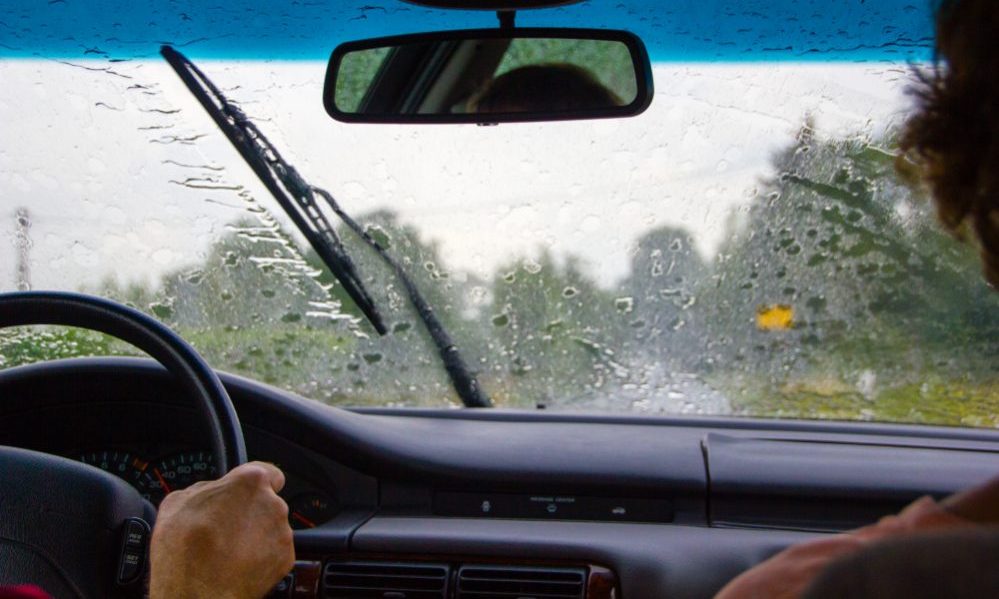
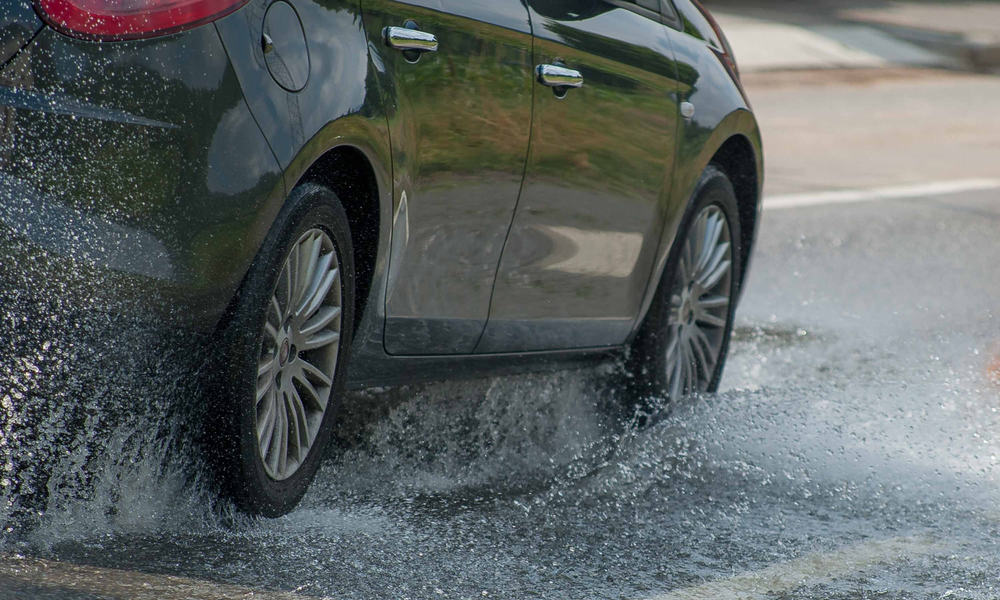
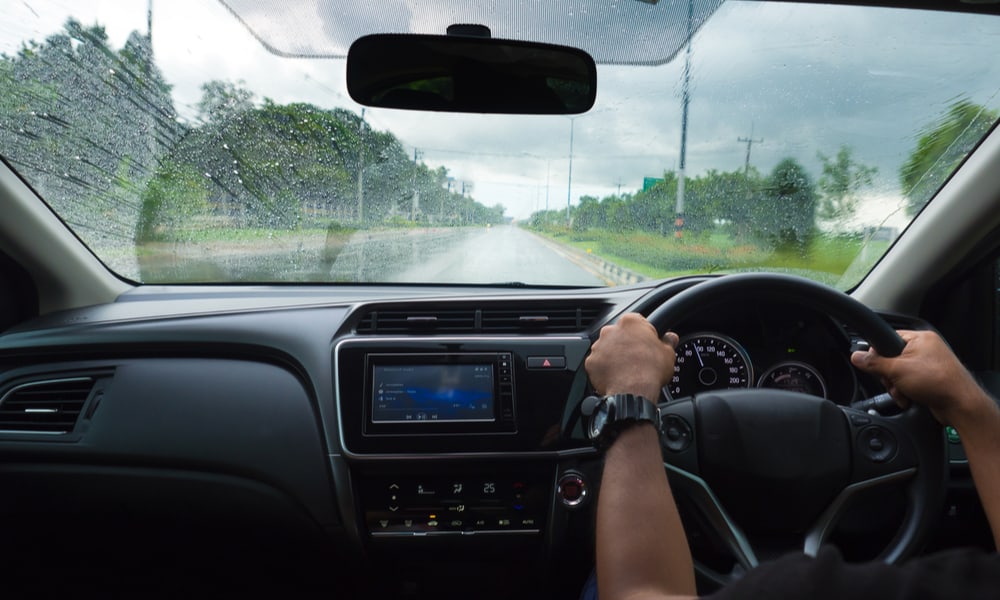
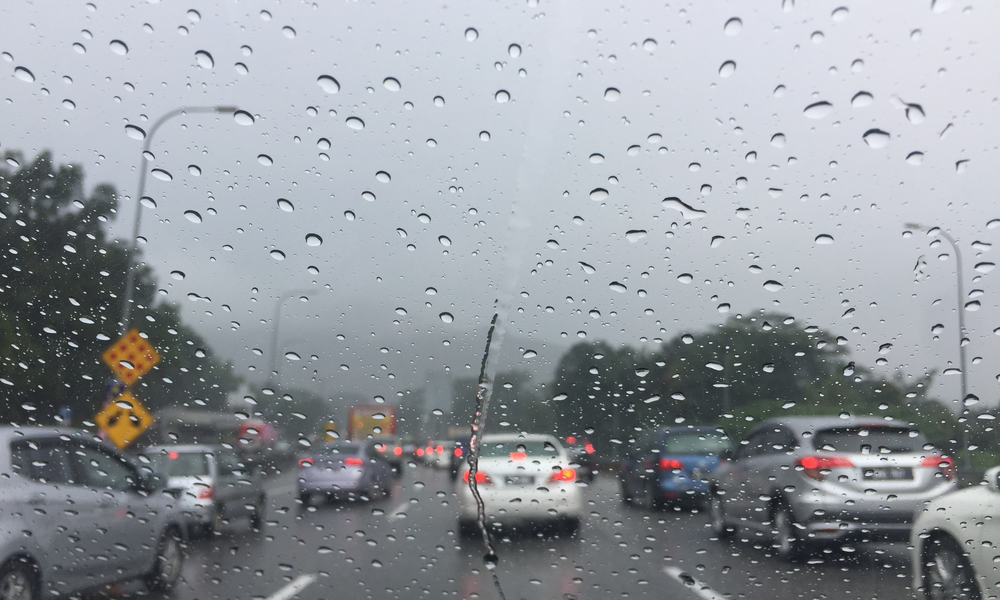
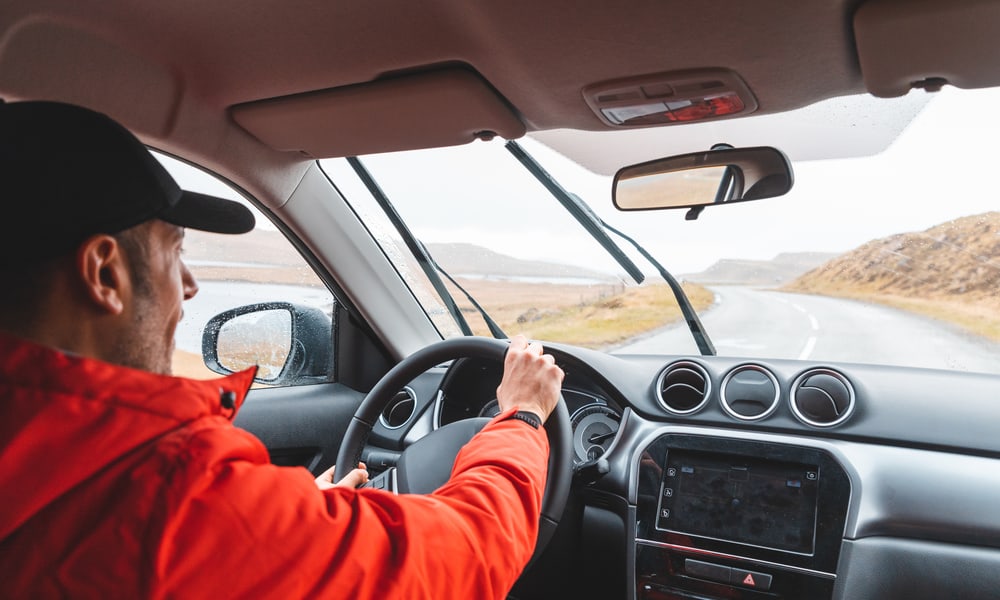
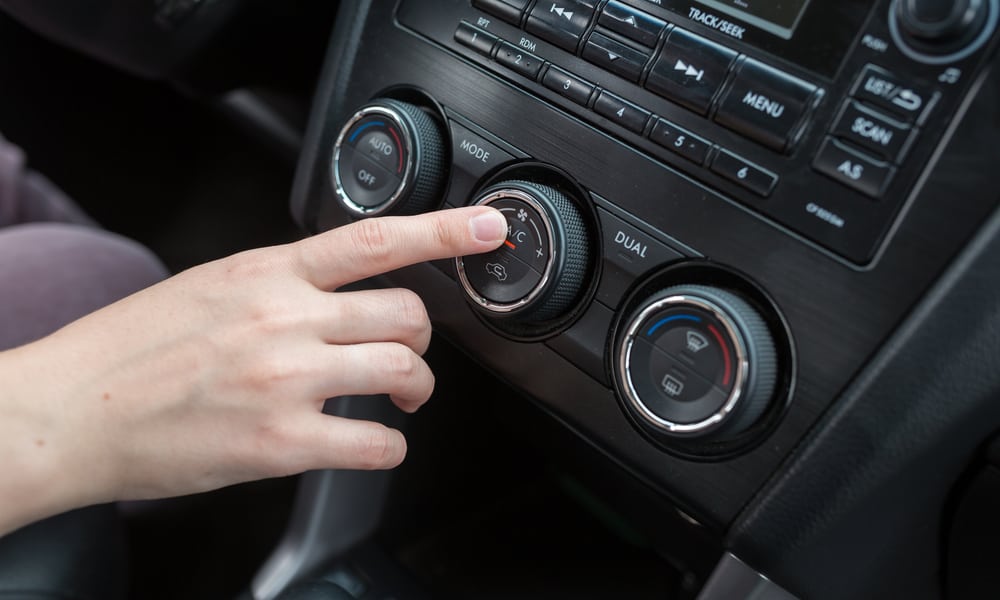
thanks for the information
Great tips you have there! It’s always good to be reminded to take extra precaution in driving especially now during the winter season! Always find myself following these steps: https://puredieselpower.com/blog/?p=148 Have avoided major accidents on the road so far.